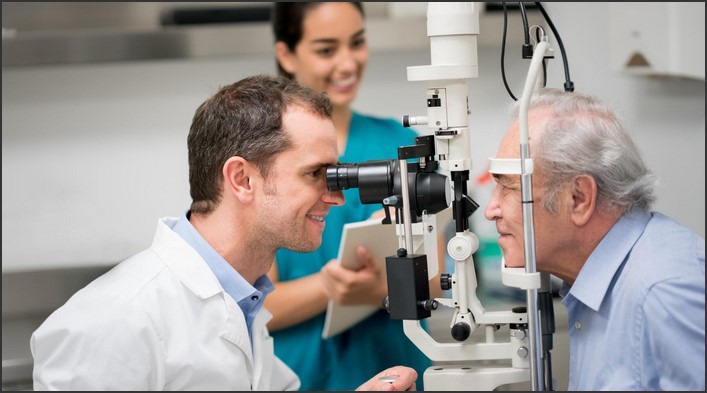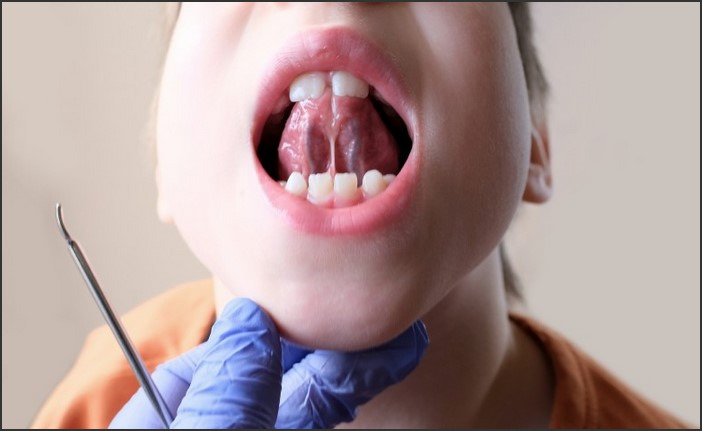
As men reach their 40s, their bodies begin to experience natural changes that can impact fitness and strength. Metabolism slows down, muscle mass starts to decline, and flexibility can become limited. Despite these challenges, staying active and maintaining strength is more important than ever. Exercise not only helps combat the effects of aging but also promotes better heart health, boosts energy levels, and improves overall well-being. This article will guide you through some of the best exercises for men over 40 to help you stay strong, fit, and healthy as you age.
The Importance of Staying Active After 40
The 40s are a critical decade for maintaining physical health. Regular exercise becomes increasingly important as muscle mass begins to diminish, joint flexibility reduces, and metabolic rates slow down. Without proper exercise, these age-related changes can lead to decreased strength, increased fat accumulation, and a higher risk of chronic diseases such as heart disease, type 2 diabetes, and osteoporosis.
Engaging in regular physical activity can counter these effects by preserving muscle mass, improving bone density, enhancing flexibility, and keeping your cardiovascular system healthy. The key to fitness over 40 is to focus on exercises that are not only effective but also sustainable and enjoyable. Incorporating a well-rounded fitness regimen that includes strength training, cardiovascular activity, flexibility exercises, and balance training can help you maintain peak performance at any age.
Best Exercises for Men Over 40
When selecting exercises, it’s crucial to focus on a mix of strength, cardiovascular health, flexibility, and injury prevention. Here are some of the best exercises for men over 40 to help keep you strong and fit:
1. Strength Training
Strength training is vital for men over 40, as it helps preserve muscle mass and bone density, both of which naturally decline with age. Additionally, strength training can improve metabolism and enhance functional fitness, making everyday tasks easier. Some excellent strength training exercises for men in their 40s include:
- Squats: A fundamental lower-body exercise, squats engage multiple muscle groups, including the quads, hamstrings, glutes, and core. They also improve balance and stability.
- Push-Ups: Push-ups work the chest, shoulders, triceps, and core. They can be modified to suit different fitness levels and are a great way to build upper body strength.
- Deadlifts: A powerful compound movement, deadlifts target the back, glutes, hamstrings, and core. Proper form is essential to avoid strain on the lower back.
- Dumbbell Rows: This exercise targets the upper back and shoulders, helping to correct postural imbalances that often develop with age.
2. Cardiovascular Exercise
Cardiovascular exercise is crucial for heart health and overall fitness. While high-impact cardio activities can be hard on joints as you age, there are plenty of low-impact exercises that provide excellent cardiovascular benefits without the risk of injury. Some great options for men over 40 include:
- Walking: Walking is one of the easiest and most accessible cardiovascular exercises. It’s low-impact and can be done anywhere, making it perfect for staying active. A brisk walk for 30 minutes, five days a week, can significantly improve heart health and stamina.
- Cycling: Both indoor and outdoor cycling offer excellent cardiovascular benefits while being gentle on the joints. Cycling helps improve leg strength and endurance, and it can also be a fun way to stay fit.
- Swimming: Swimming is an ideal low-impact workout that engages almost every muscle in the body. The resistance of water makes it an excellent way to improve cardiovascular health while building strength and flexibility.
- Rowing: Rowing is another full-body workout that provides a great cardiovascular challenge. It works the back, arms, and legs, making it a highly efficient calorie-burning exercise.
3. Flexibility and Mobility
As men age, maintaining flexibility and mobility becomes increasingly important to prevent injury and improve overall functional movement. Incorporating stretching and mobility exercises into your routine can help you maintain a greater range of motion and improve posture. Here are some flexibility and mobility exercises to consider:
- Yoga: Yoga is a fantastic way to improve flexibility, increase strength, and reduce stress. It also promotes balance and can enhance mental focus. Many yoga poses stretch and strengthen key muscle groups, improving both flexibility and posture.
- Dynamic Stretching: Dynamic stretching involves moving your muscles and joints through their full range of motion. Activities such as leg swings, arm circles, and walking lunges can help warm up muscles before a workout and increase mobility.
- Foam Rolling: Foam rolling is a form of self-myofascial release that helps to relieve muscle tightness and improve flexibility. It can also help reduce soreness and speed up recovery after workouts.
4. Balance Training
Balance and coordination can decline with age, increasing the risk of falls and injuries. Adding balance exercises to your fitness routine can help improve stability and prevent falls. Some effective balance training exercises include:
- Single-Leg Stands: Stand on one leg for 30 seconds, then switch legs. To make the exercise more challenging, close your eyes or stand on an unstable surface like a cushion or balance board.
- Lunges: Lunges engage the lower body and improve balance, coordination, and strength. Performing lunges while holding weights can further enhance the exercise.
- Tai Chi: Tai Chi is a low-impact, flowing form of exercise that emphasizes balance, coordination, and controlled movement. It’s especially beneficial for older adults in improving stability and preventing falls.
Creating a Well-Balanced Fitness Plan
To stay fit and healthy after 40, it’s essential to combine various exercise modalities. A well-balanced fitness plan should incorporate:
- Strength training at least two to three times per week.
- Cardiovascular exercise such as walking, cycling, or swimming for at least 150 minutes a week.
- Flexibility and mobility exercises two to three times a week.
- Balance exercises as part of your daily routine.
Rest and recovery are equally important for men over 40, as the body may require more time to repair and rejuvenate after exercise. Aim for adequate sleep, proper hydration, and a balanced diet to fuel your body for optimal performance.
Maintaining strength and vitality after 40 is entirely possible with the right approach to fitness. By incorporating the best exercises for men over 40, including strength training, cardiovascular activity, flexibility exercises, and balance training, you can stay strong, healthy, and injury-free. Remember, consistency is key—finding a workout routine that fits your lifestyle and goals will ensure long-term success in maintaining physical health. Stay active, stay committed, and enjoy the benefits of a strong, fit body as you age.













